The committee hopes to provide some options to the school board before the end of the year
BATTLE GROUND — When the Battle Ground School District once again failed to gather enough yes votes to approve a $225-million building bond earlier this year, Superintendent Mark Ross warned that tough choices would have to be made. He also said they would be creating a committee to examine some of the possible options for dealing with overcrowding issues at schools in the southern part of the district.
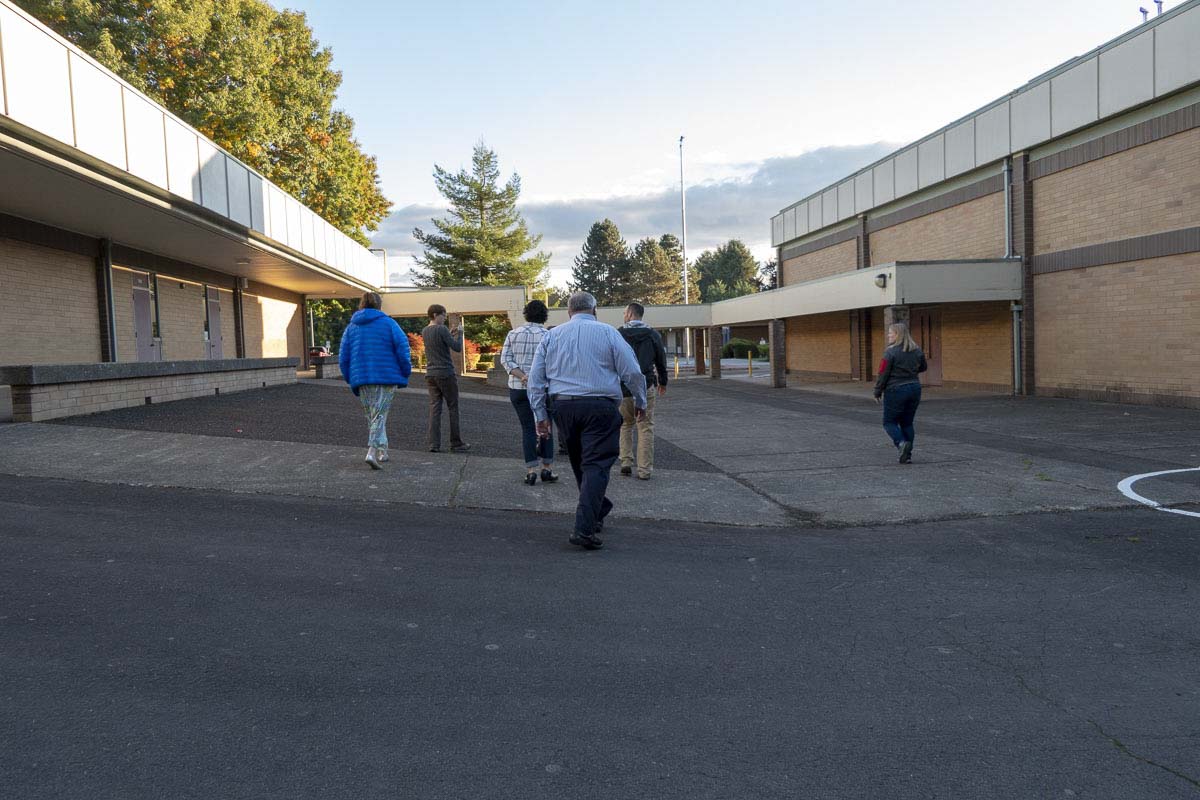
The Battle Ground Schools Overcrowding Committee is now about halfway through its process, meeting each Tuesday this month at a different school that might be impacted by whatever changes will be made.
“Glenwood and Laurin are our biggest concerns. And then, of course, while Pleasant Valley Primary and Middle aren’t overcrowded at the moment, they are approaching capacity,” says Denny Waters, BGSD deputy superintendent who is one of four people from the district office on the 30-member overcrowding committee. “And our concern is that, with the continued growth in the southern end of the district, they’ll be in the same boat very soon.”
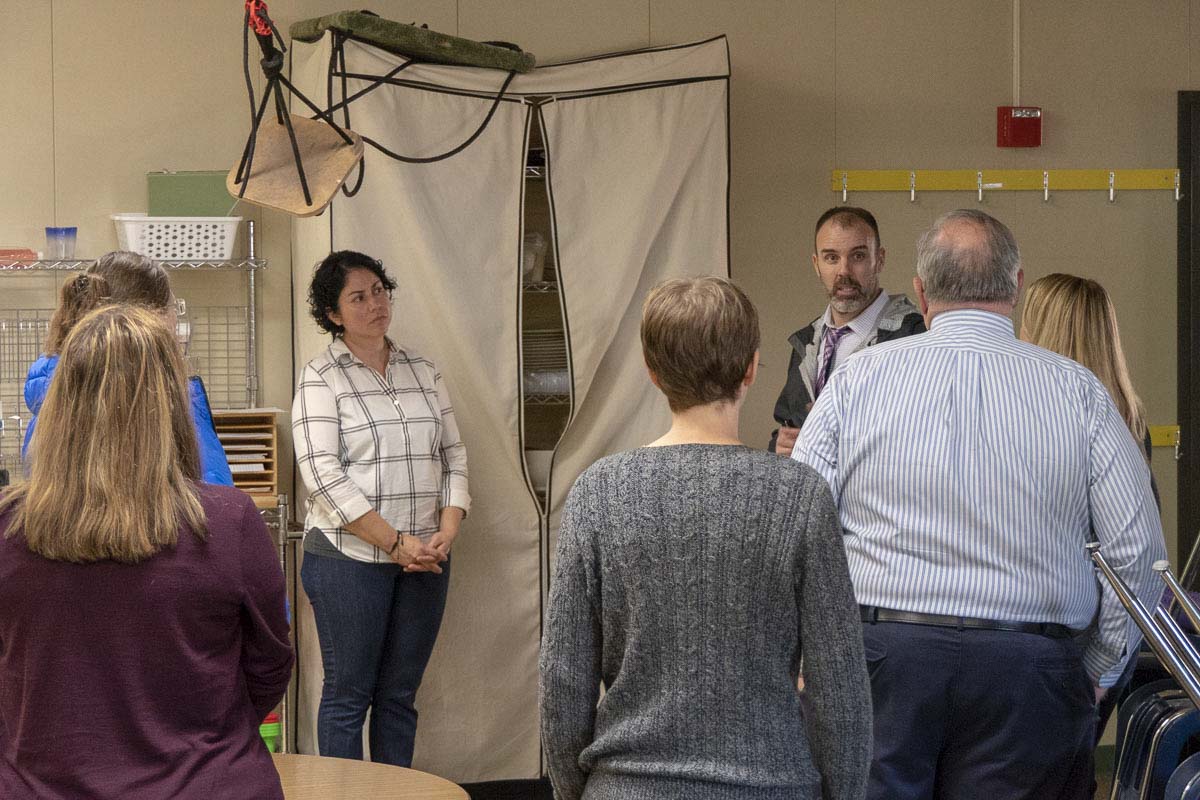
The bond, which gathered 52 percent support last April, but still fell short, would have replaced schools on the Glenwood/Laurin campus, along with the Pleasant Valley campus, and added a new K-8 school in the southern part of the district. It’s likely the district will reintroduce some form of a new building bond next year, but in the meantime, some adjustments will need to be made.
“If we built a new Glenwood/Laurin campus, we wouldn’t necessarily build it to house 800 or 900 students, because that’s not what necessarily is best in terms of an optimal learning environment,” says Waters. “So the adjustment of boundaries, or potential solutions to find places for kids to go is going to be part of the process no matter what we do.”
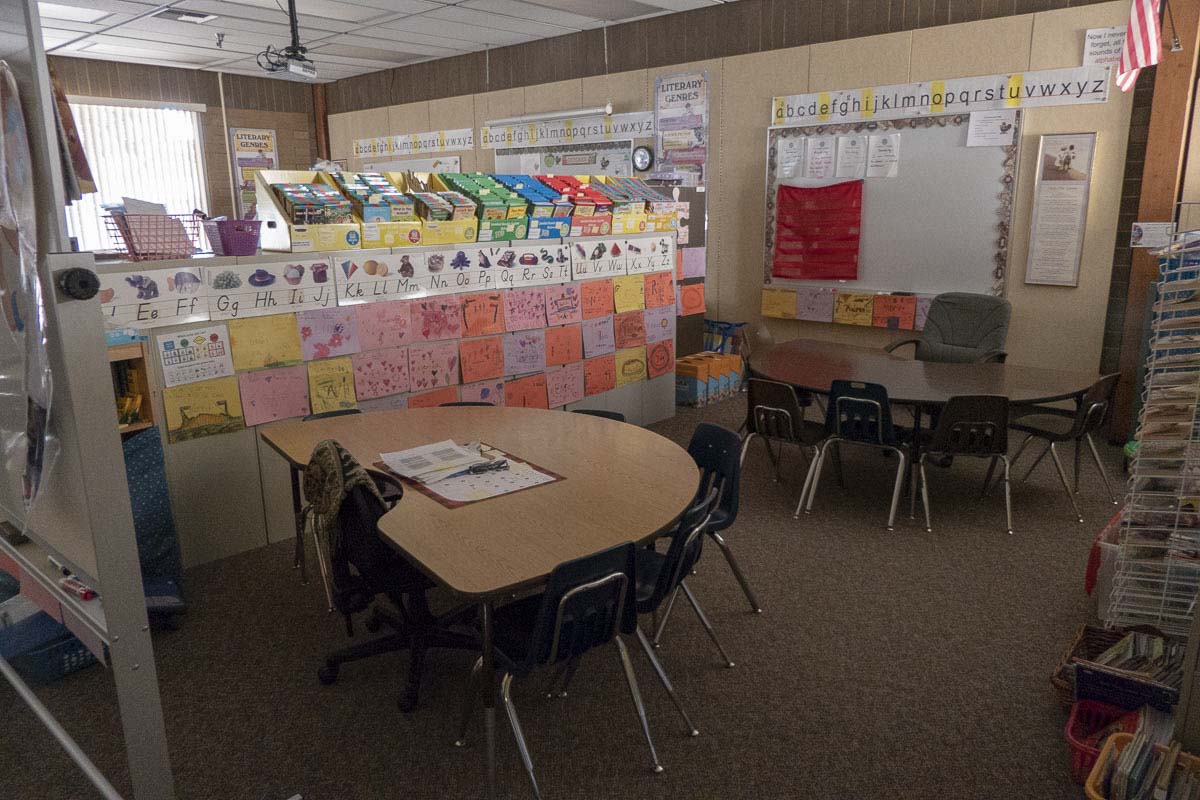
In addition to the four district office representatives on the committee, there are six building administrators, including the principals of Pleasant Valley Primary, Glenwood, Laurin, Maple Grove Elementary, Tukes Valley Primary, and Daybreak Middle School. Those last three schools would likely be impacted by having to take on students from southern schools that are overcrowded.
There are also six staff members, including a number of teachers from affected schools, and 14 community members and parents chosen by a lottery system.
“They have been very open-minded. I don’t think anyone is coming in with some predetermined agenda,” says Waters, who adds that he’s been impressed with the process of the committee thus far. “They have questions about what we can do and what we can’t do, from a rules perspective, or what the state does or doesn’t allow.”
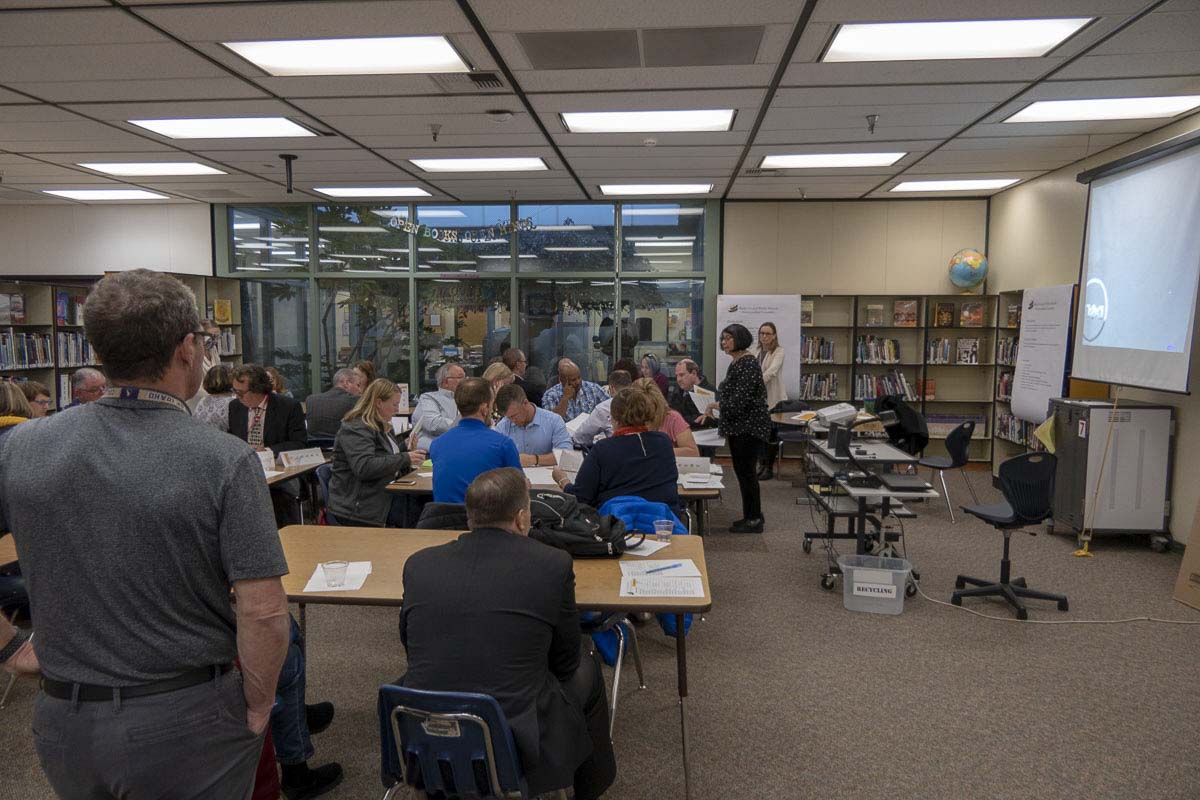
Last Spring, more than 1,800 people responded to an online survey put out by the Battle Ground School District, seeking input on what the community thought should be done about the overcrowding issue. Some of the ideas from that feedback included ending the practice of accepting students from outside of the district, or even dividing into two new school districts. Battle Ground School District is the largest, geographically, in the state, and many respondents thought the failures to get a bond approved stems, in part, from people in the northern part of the county not understanding the population growth happening so far away from them.
Waters says the committee will meet every Tuesday in October for five meetings total, then present 3-5 options to the board sometime in December.
“Ultimately the board is going to make the final decision on this. That’s their responsibility,” he says. “But this way we get to hear from parents, we get to hear from administrators and staff. It’s a way of trying to be transparent with the process.”
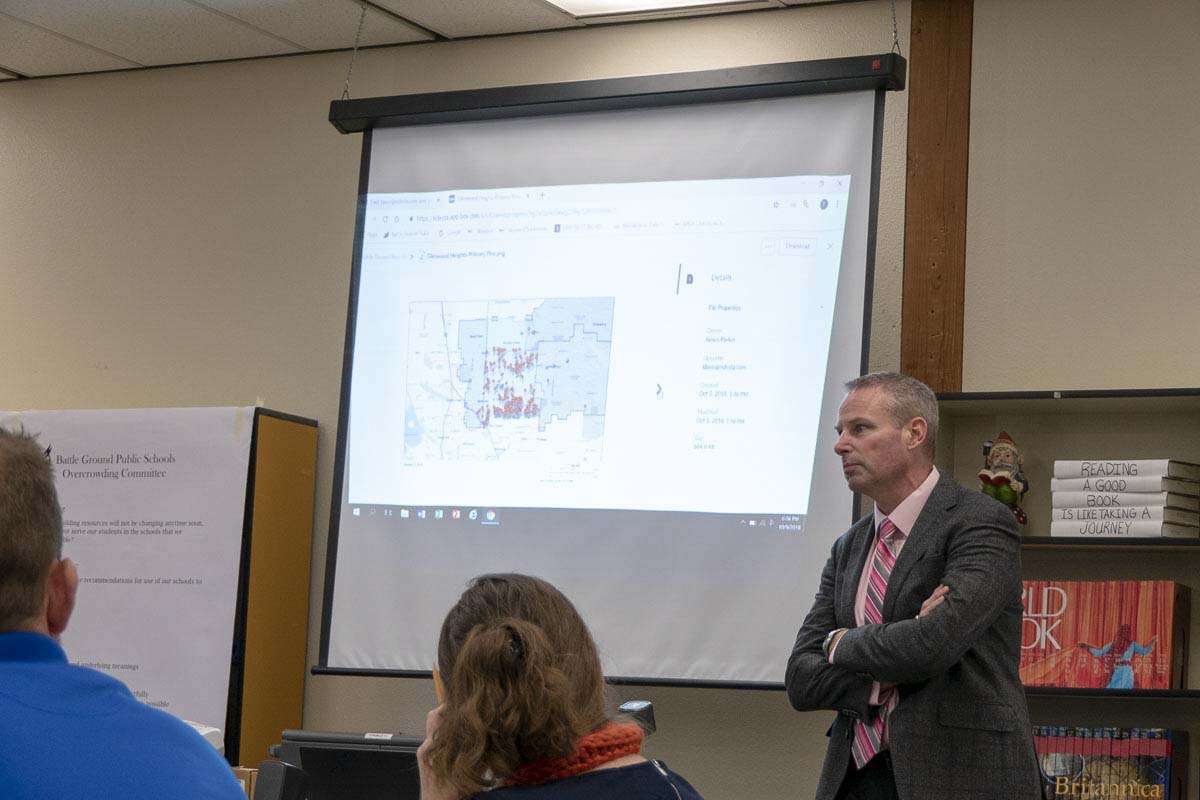
Waters adds that they’re trying to move as quickly as possible in order to allow enough time for parents with impacted students to adjust before next school year.
“The timeline that we have in place is that we’d have some kind of final decision sometime early in the beginning of next year,” he says. “And that would give everybody in the community an opportunity to hear what’s going to happen and make some decisions which best meet the needs of their families and their kids.”
Waters says he expects the board will also provide plenty of opportunity for public input as part of their process, before making a final determination on what should be done.




